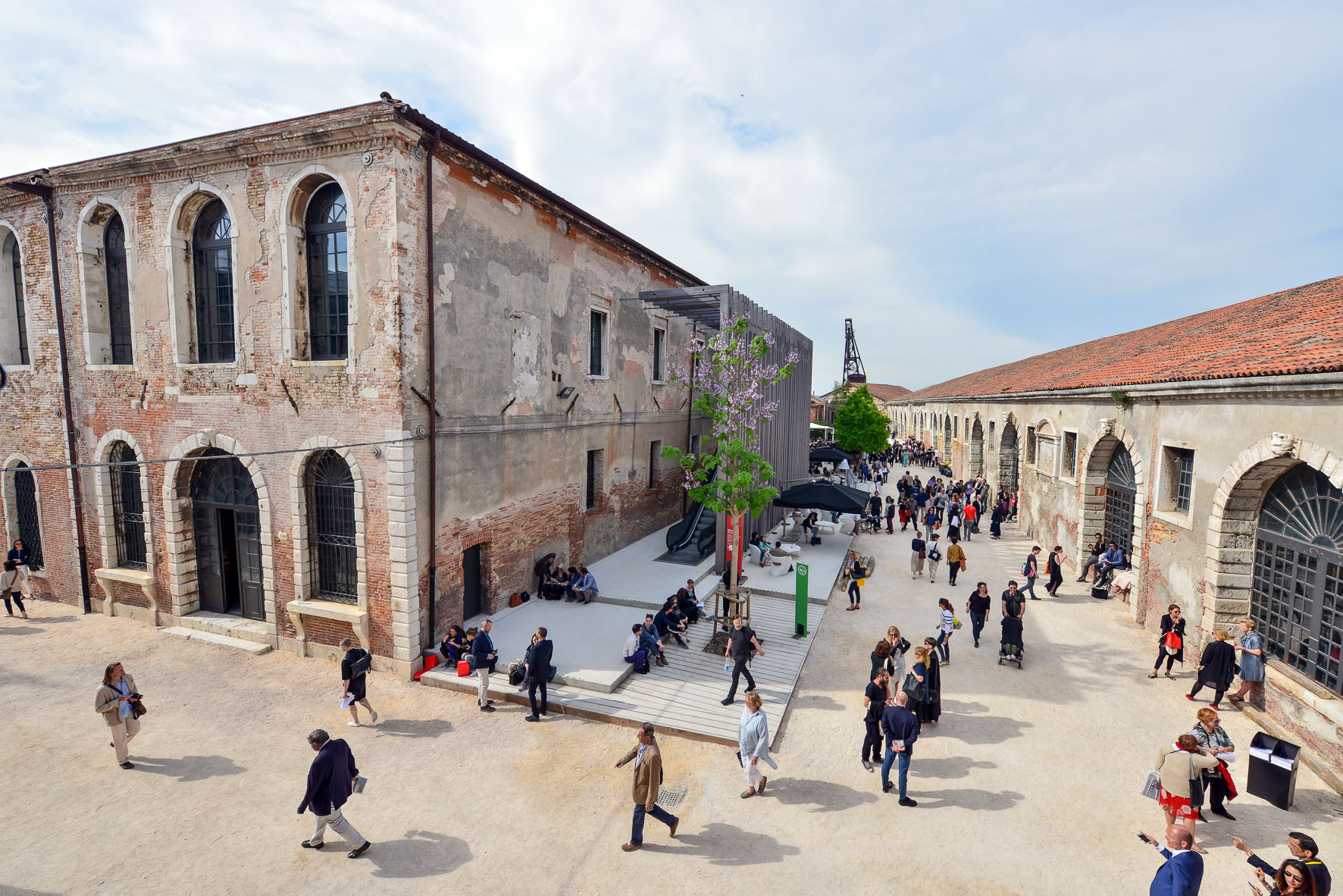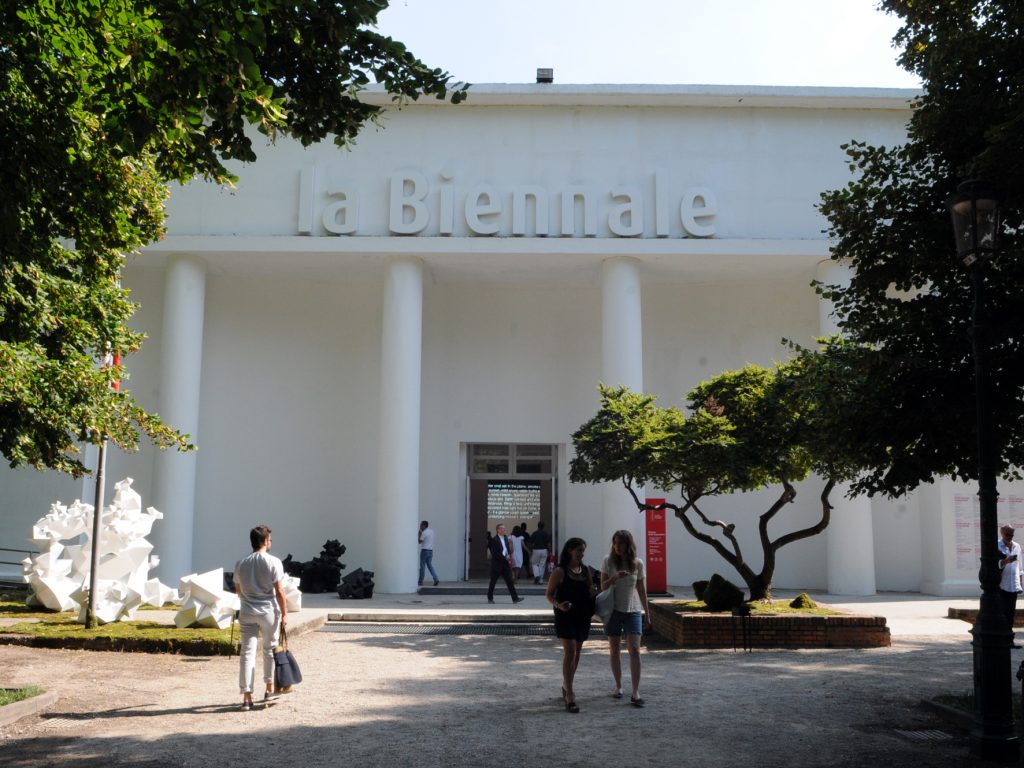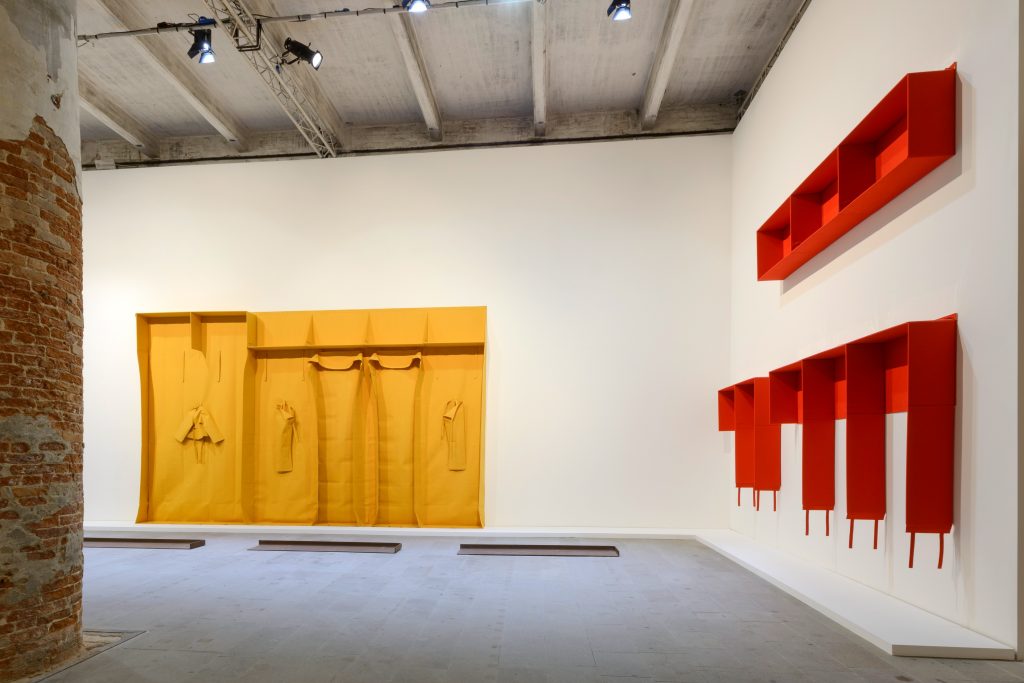Thousands of people in the streets. The streets turn into stages. Different squares turn into dancing areas. In the centre of the city people, feast and dance to various sounds. Well, let me tell you what I’m talking about: the Augsburger Sommernächte. This event took place for the second time this year from Thursday June 28th until July 1st. For those of you who participated this year it should be crystal clear why it’s definitely worth a visit. For all those who don’t know why they should actually go there, I’ll giv e a few convincing reasons. But first of all, some of you may not even know what the Augsburger Sommernächte are…
e a few convincing reasons. But first of all, some of you may not even know what the Augsburger Sommernächte are…
What is it?
Augsburger Sommernächte is probably the largest party in the whole of Augsburg and the surrounding region. Some restaurants and bars spill into the streets, and sell all kind of foods you’ve never dreamt of. The nightly entertainment also keeps the place bustling: all over the city thirteen areas present nearly every imaginable kind of music! From mainstream to HipHop straight to Indie – everybody of all ages get their money’s worth. From the Königplatz over the Maxstraße to the Rathausplatz – the whole city is a party, and takes place from 5pm to 1am.
A few reasons why..
It’s not just like one party, but many morphed into one! You can spend quality time with your friends under the clear night sky, because who doesn’t prefer a party under the stars instead of spending the night in a muggy club? 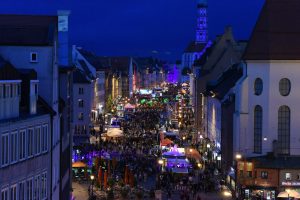 The Sommernächte also gives you the chance to meet new people. Everybody’s in a good mood and always ready for a chat! Apart from this social aspect, what is really cool is that the Neue Szene presents newcomers. Not only young bands try to entertain the people with their music, but also poetry slammers who try to catch the listener’s attention with their own texts.
The Sommernächte also gives you the chance to meet new people. Everybody’s in a good mood and always ready for a chat! Apart from this social aspect, what is really cool is that the Neue Szene presents newcomers. Not only young bands try to entertain the people with their music, but also poetry slammers who try to catch the listener’s attention with their own texts.
Next to the small stages that are spread all over the Maxstraße, you’ll find delicious food from all over the world. It’s like a mini street food market. These smells of freshly made falafel, curry and burgers make you think you’re on holiday in Ibiza. All of these new impressions are so overwhelming that you will need to go there again in order to see everything! Unlike an expensive holiday, the Sommernächte don’t cost anything (but you’re not allowed to take any kind of food or drinks with you).
Save the date!
So, I’ve not completely convinced you? Take a look yourself! Next year the Sommernächte will take place from 28th June to 1st July. So what are you waiting for? Take out your calendars and mark the date!
Author: Chiara Leick
Pictures: CIA Veranstaltungs GmbH

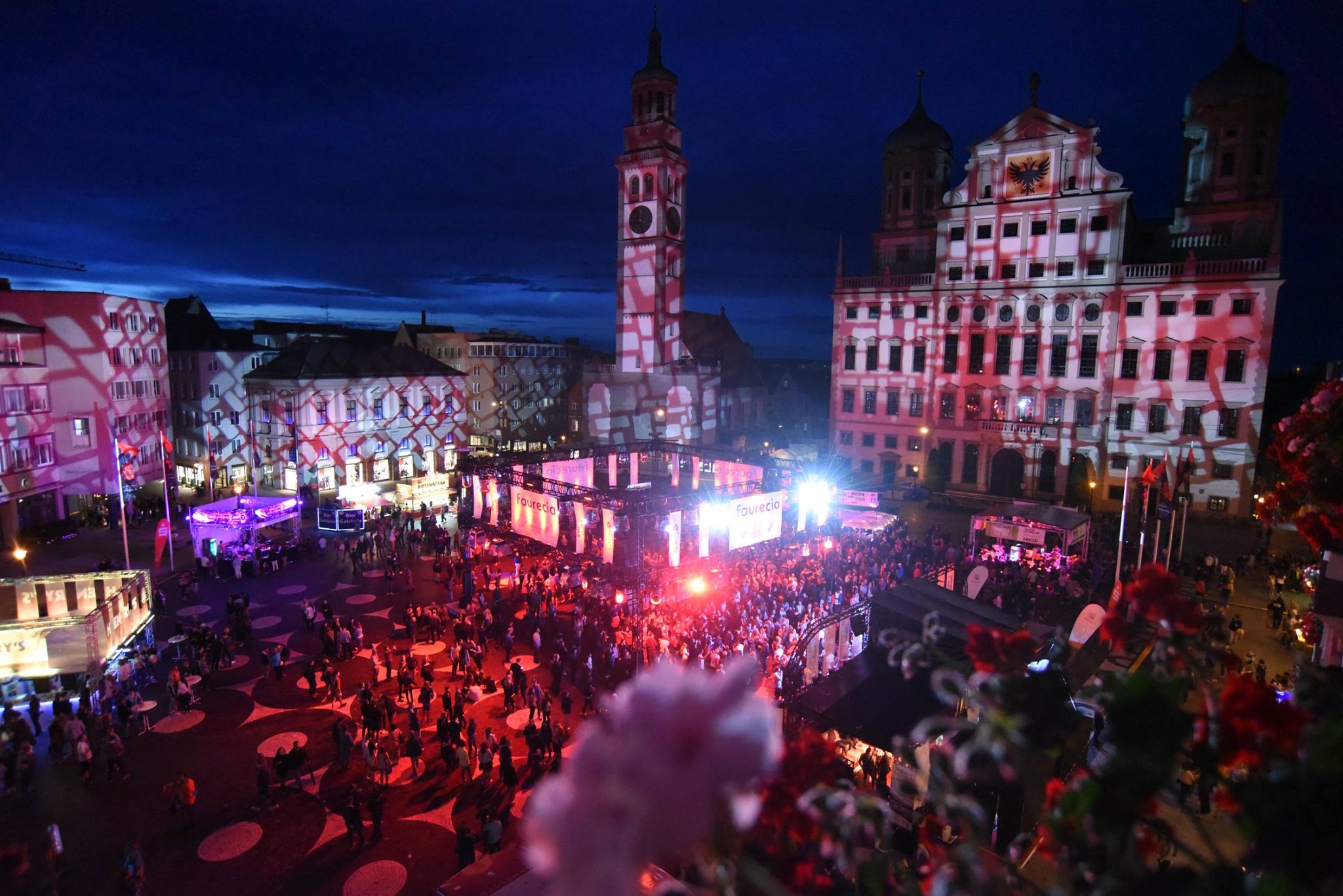
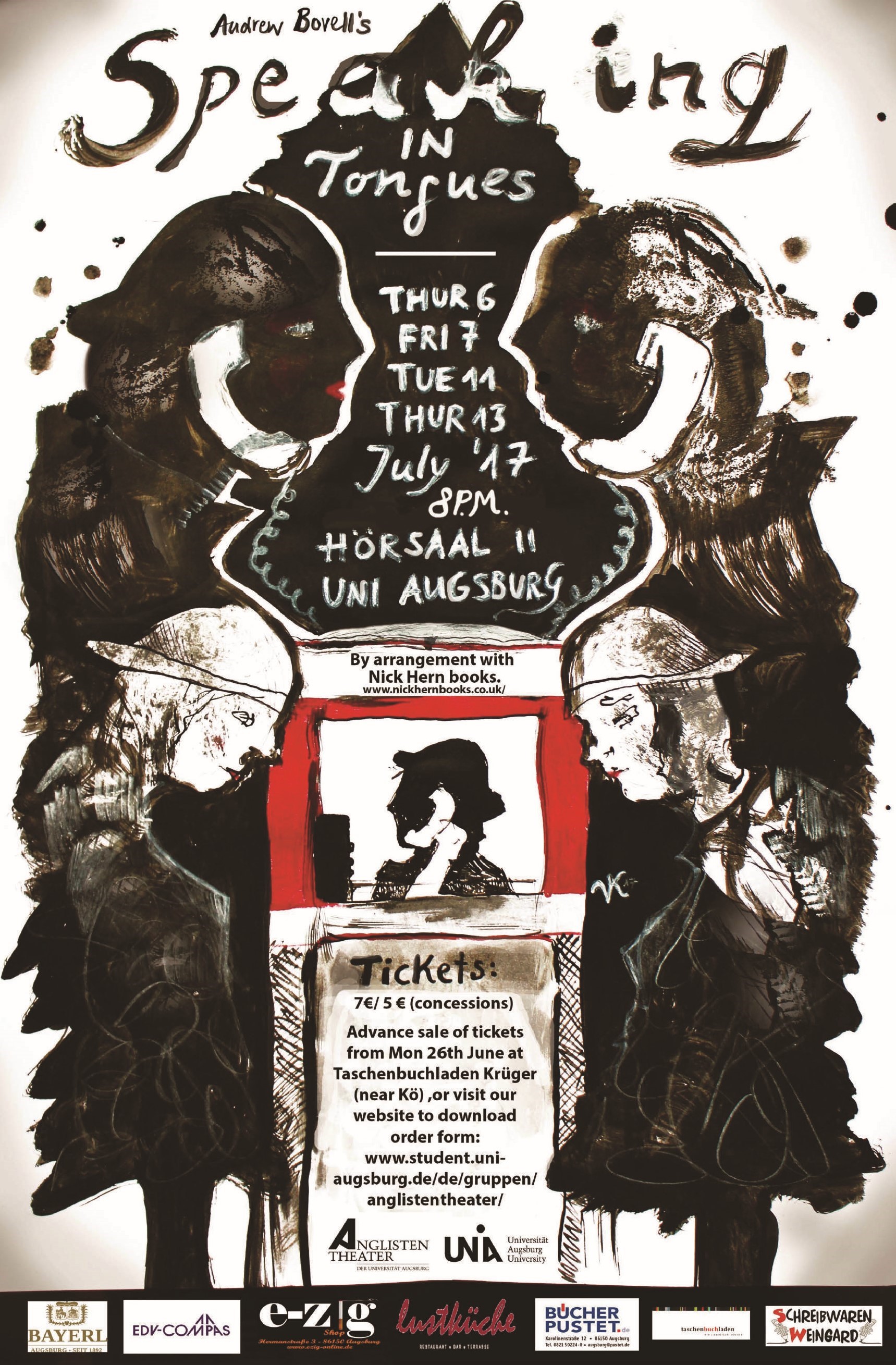
 On Thursday, 6th July, the Anglistentheater premiered their latest play “Speaking in tongues”, by Andrew Bovell.
On Thursday, 6th July, the Anglistentheater premiered their latest play “Speaking in tongues”, by Andrew Bovell.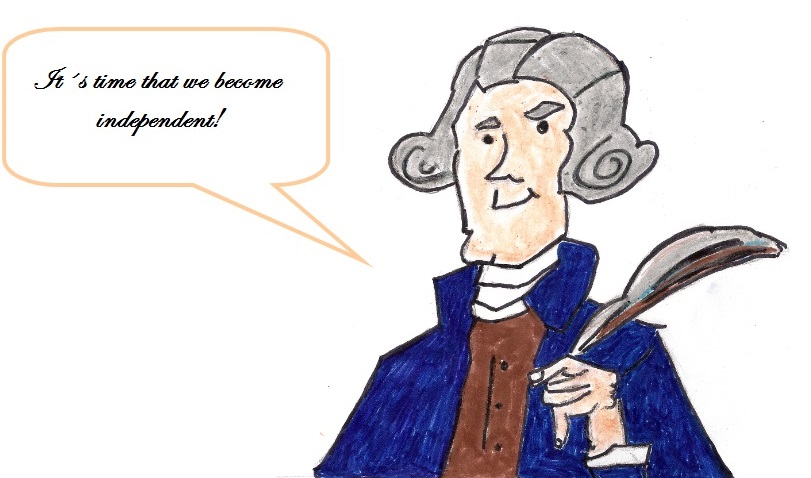
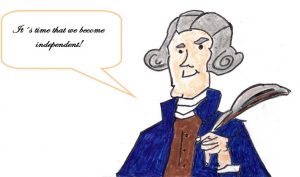
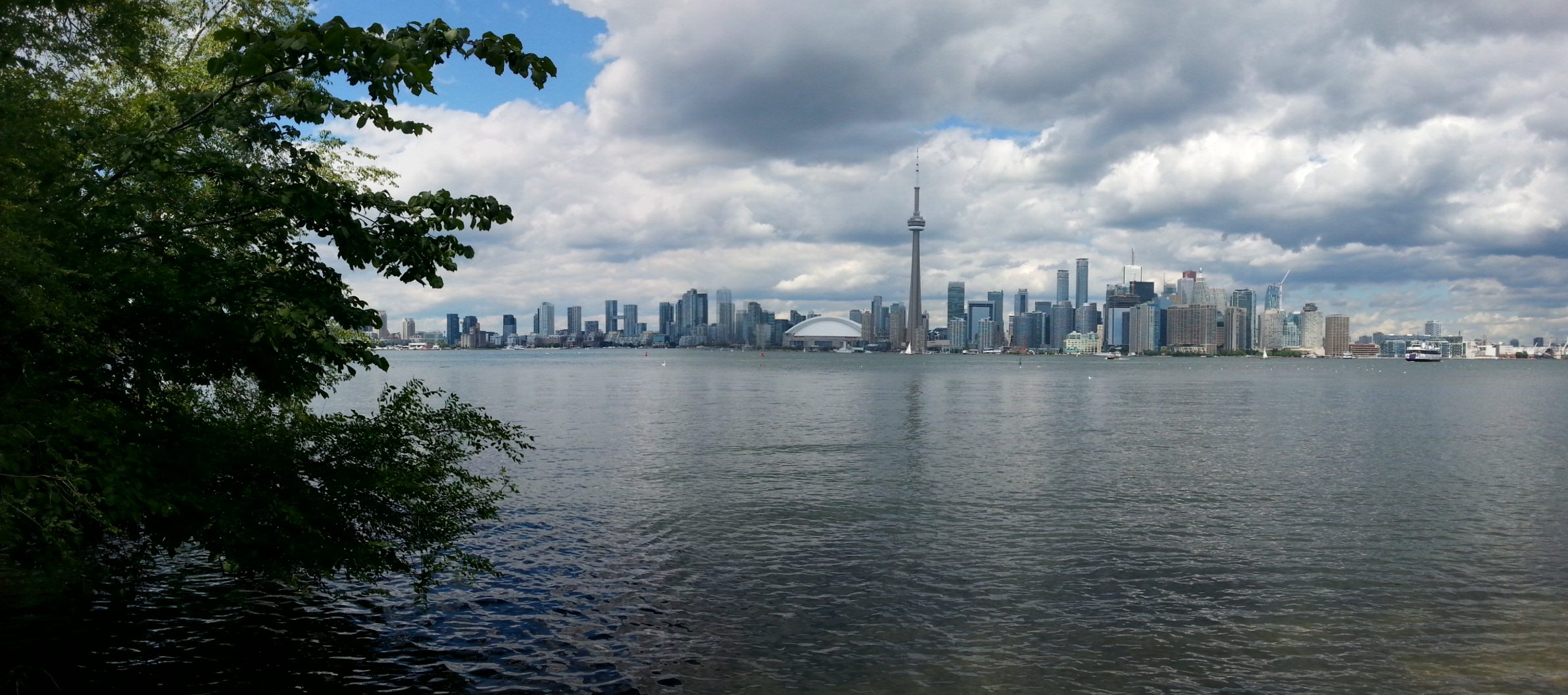



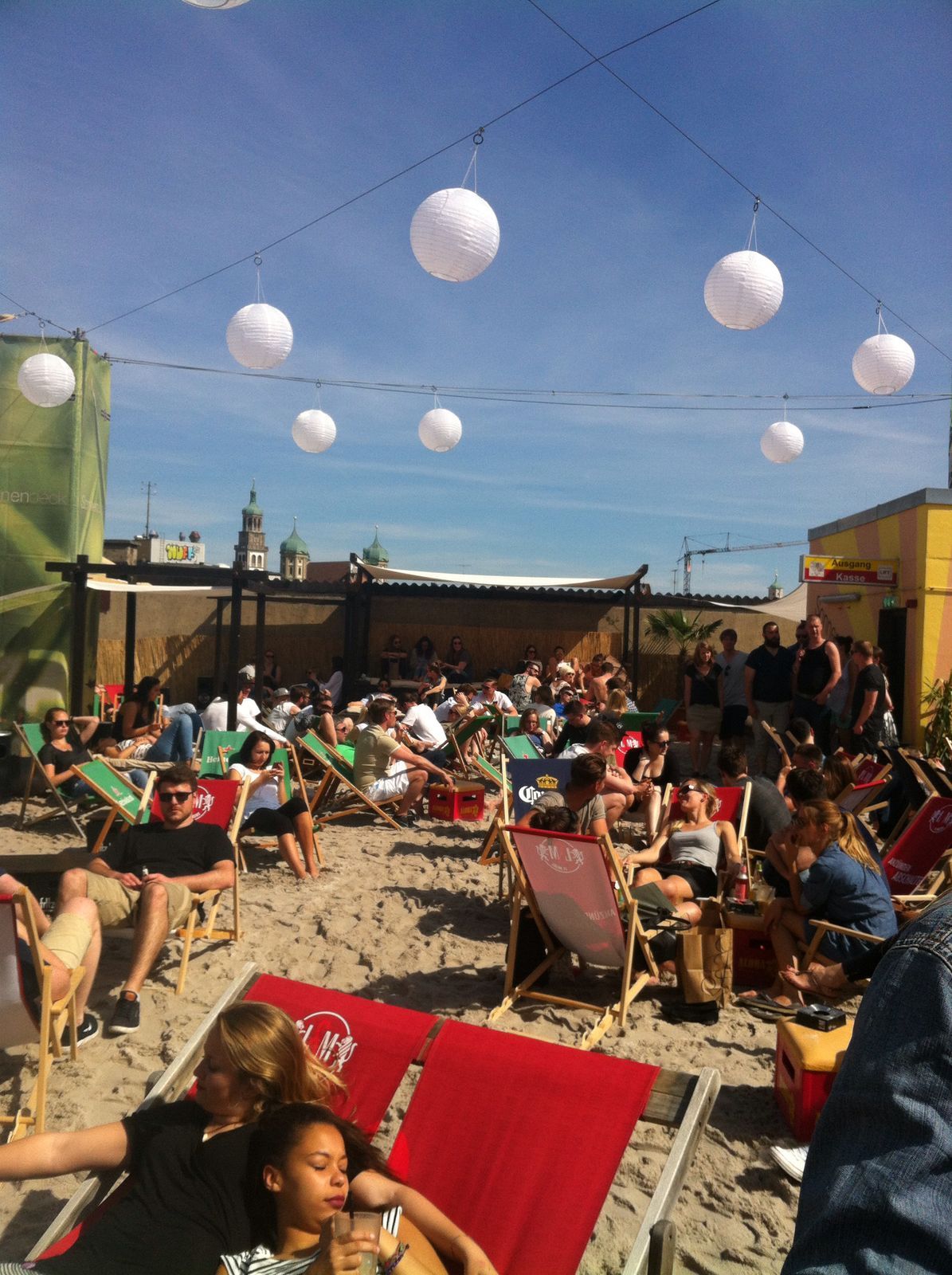
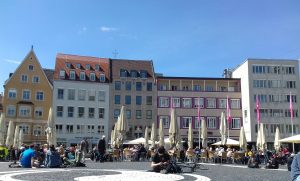 Are you still looking for cool things to do in Augsburg to enjoy this wonderful weather?
Are you still looking for cool things to do in Augsburg to enjoy this wonderful weather?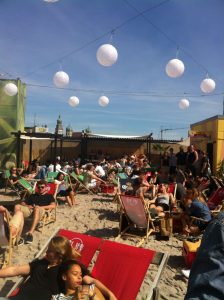 such as vegetarian cuisine, traditional Bavarianand pastries (I recommend their fries, which are really good!) Or you take your own food and have a picnic at the Wertach. Tip: take some home-made iced tea and impress your friends.
such as vegetarian cuisine, traditional Bavarianand pastries (I recommend their fries, which are really good!) Or you take your own food and have a picnic at the Wertach. Tip: take some home-made iced tea and impress your friends. and old, enjoy sunbathing, having barbecues or playing frisbee, badminton and volleyball.
and old, enjoy sunbathing, having barbecues or playing frisbee, badminton and volleyball.


